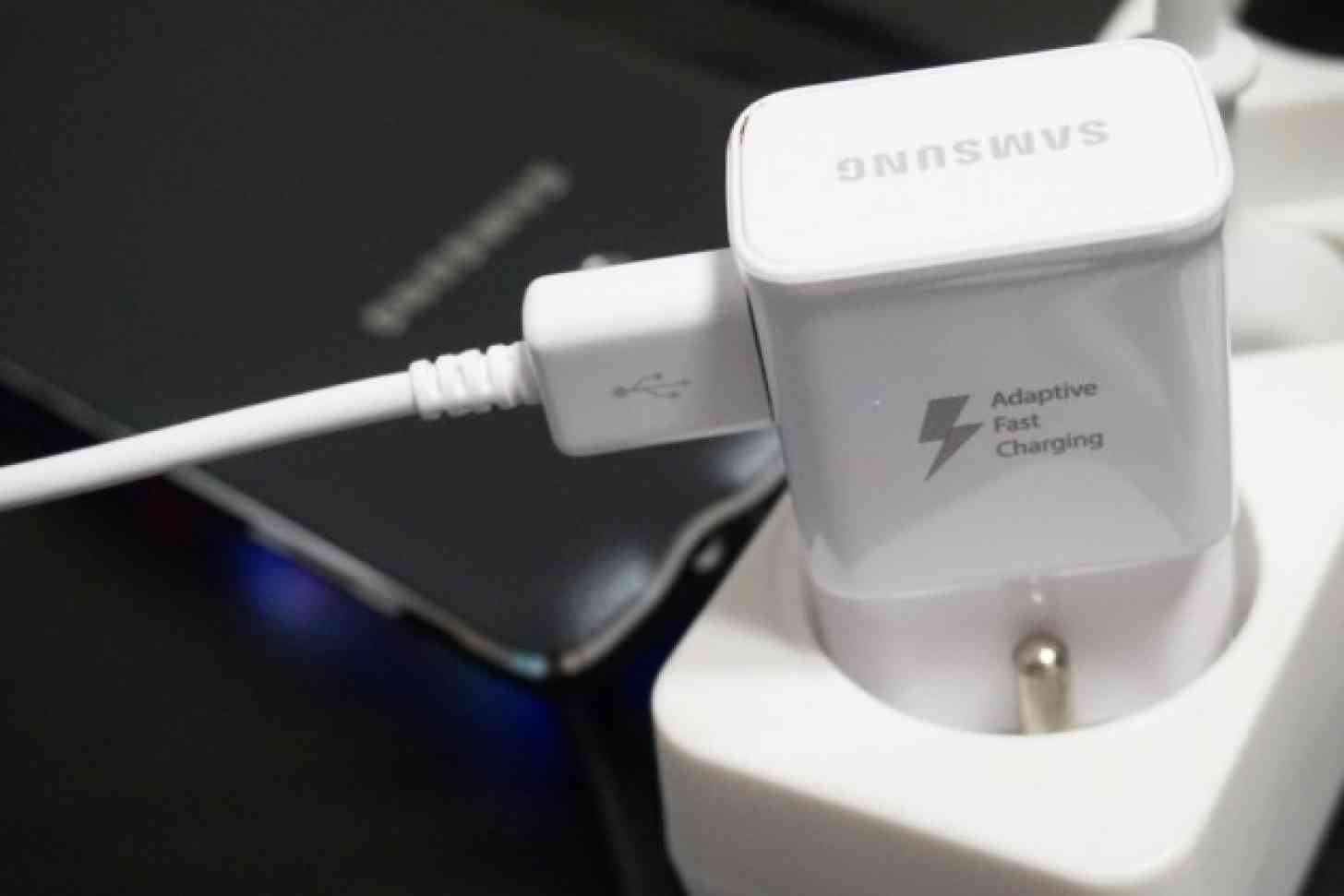
When comparing smartphones to the feature phones of yesteryear, smartphones almost always come out on top. They can efficiently browse the web, store your credit cards, run hundreds of thousands of applications, and some can even check your heart rate. It’s pretty amazing to see how far we’ve come between these two very different generations of cell phones. With that being said, there’s still one category that the feature phone hands down has over your average modern day smartphone, and that’s a crazy long battery life.
Now, with all things considered, smartphones have come a long way from how they used to be. When “a full day’s charge” would often mean four, five hours tops, the 8-12 hours most moderate users can achieve today is pretty good. Despite these efforts, though, I think most can agree that battery life on smartphones aren’t ideal, and in a lot of ways never seem to get that much better.
Flagship smartphones are rather large these days, but most battery life on flagships won’t go any further than a 12-hour span (which, again, is mostly if usage is moderate and not heavy, or using power consuming apps). Theoretically, a big phone means a bigger battery, and a bigger battery should mean better battery life, but that’s really not the case. When you factor in the bigger screen and the current trend of having a phone as thin as possible, battery life never truly seems to improve. Every once in a while you’ll come across a phone that can survive through the night without a charge and manage to have some juice by morning, but it’s rare.
So instead of having bigger batteries, manufacturers have an alternative option: faster charging times.
Qualcomm’s Quick Charge 2.0 and Apple’s Lightning connector are two recent examples of faster charging on smartphones. I noticed a big difference in how quickly my iPhone charges when you compare the old 30-pin connector to the Lightning connector. The Lightning connector charges my iPhone 5s in about an hour and a half, assuming that it didn’t die before then. Quick Charge manages to add a quick burst of battery life to smartphones that have the feature, which can add hours of standby time to a phone within several minutes.
But does quicker charging methods truly take away the need for better battery life? I don’t think so.
While I do appreciate the faster charging times, it’s still a frustrating inconvenience if you have to plug your phone in during the day. I understand that this isn’t a big deal for everybody, and many people would much rather have a thinner, “sexier” phone over a heftier one with better battery life, but I do believe there is a definite target market of people out there who would prefer a longer lasting battery over many other features that smartphones come with these days. The only phone I can think of that is widely regarded as having a “fantastic” battery life is the Sony Xperia Z3 and Z3 Compact, both of which can get up to two days’ worth of juice, which is great in comparison to other smartphones. I would be inclined to say that the Z3’s battery life is what makes it worth remembering in the first place. Why? Because people like not having to worry about charging their phone at all during the day, fast charge or not.
Faster charge times are great, but I don’t think it’s a substitute of a good old fashioned long lasting battery. If Sony can manage to fit a great battery in a phone with a 4.6-inch screen, then why not? There’s already an oversaturation of “thinnest phones ever” on the market; give me a slightly thicker phone with a great battery. With Quick Charge. Por que no las dos?